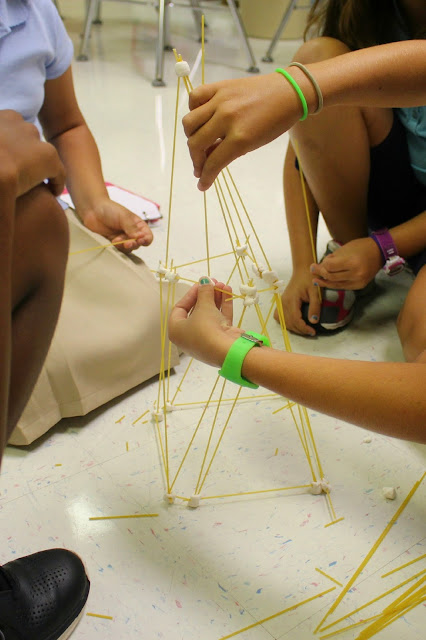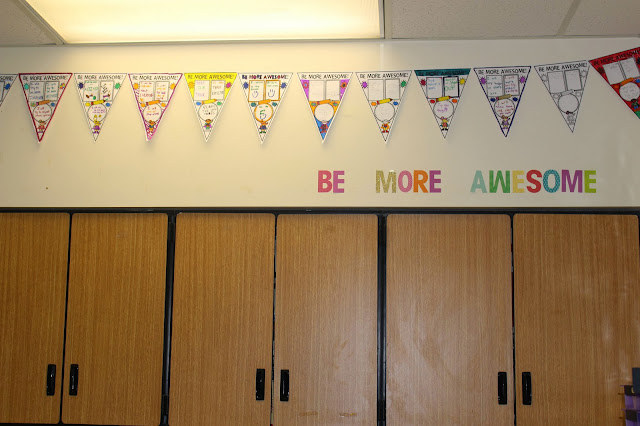Hi All! I am checking in today to share one of my favorite K-2 activities - Animal Soup! Animal Soup, by Paul Doodler, is a short, lift-the-flap book that combines everyday animals to create silly outcomes.
Let's check out how it works! Below are two sample pages from the book. After considering the question, students can lift the flap to see the 3rd page. Give it a try:
What would you be if you had wings to fly like a bird . . .
and walked slowly like a turtle?
A BiRdLe!
Seriously, this book cracks me up every year! My favorite combination is the flamingo and monkey. (A flamonkey :-)
Once we read the story as a class, I give students the task of creating their own animal. Each student selects two animal cards. (I cut the cards and put them in a "magic box" prior to the lesson. Students randomly select their animals from the magic box; it makes the selection of the animals for their soup a little dramatic and a lot of fun!)
Students then glue the cards to the activity sheet below.
 download here for free
download here for freeFrom here, students combine elements of each animal's name to create a new animal species. Some examples might include:
- alligator + gorilla = gorillagator
- lion + dinosaur = linosaur
- monkey + kangaroo = monkaroo
- puppy + hippopotamus = puppyotamus
Then they draw a picture to illustrate their animal soup creation. Here are a few examples from one of my first grade nurturing lessons:
Oftentimes, I compile the student pictures and make it into a class book. Most times, the kids are too eager to take them home right away to share :-)
You can download the activity sheet and animal cards for FREE here.
To learn more about fun ways to nurture creative thinking in the classroom, check out two of my earlier posts: Let's Get Creative and Creativity in the Classroom. Thanks for checking in!





































































